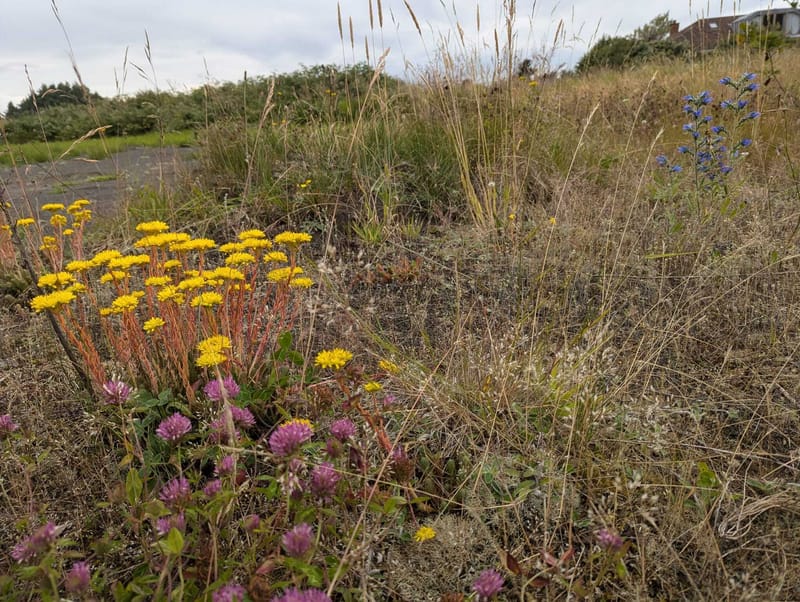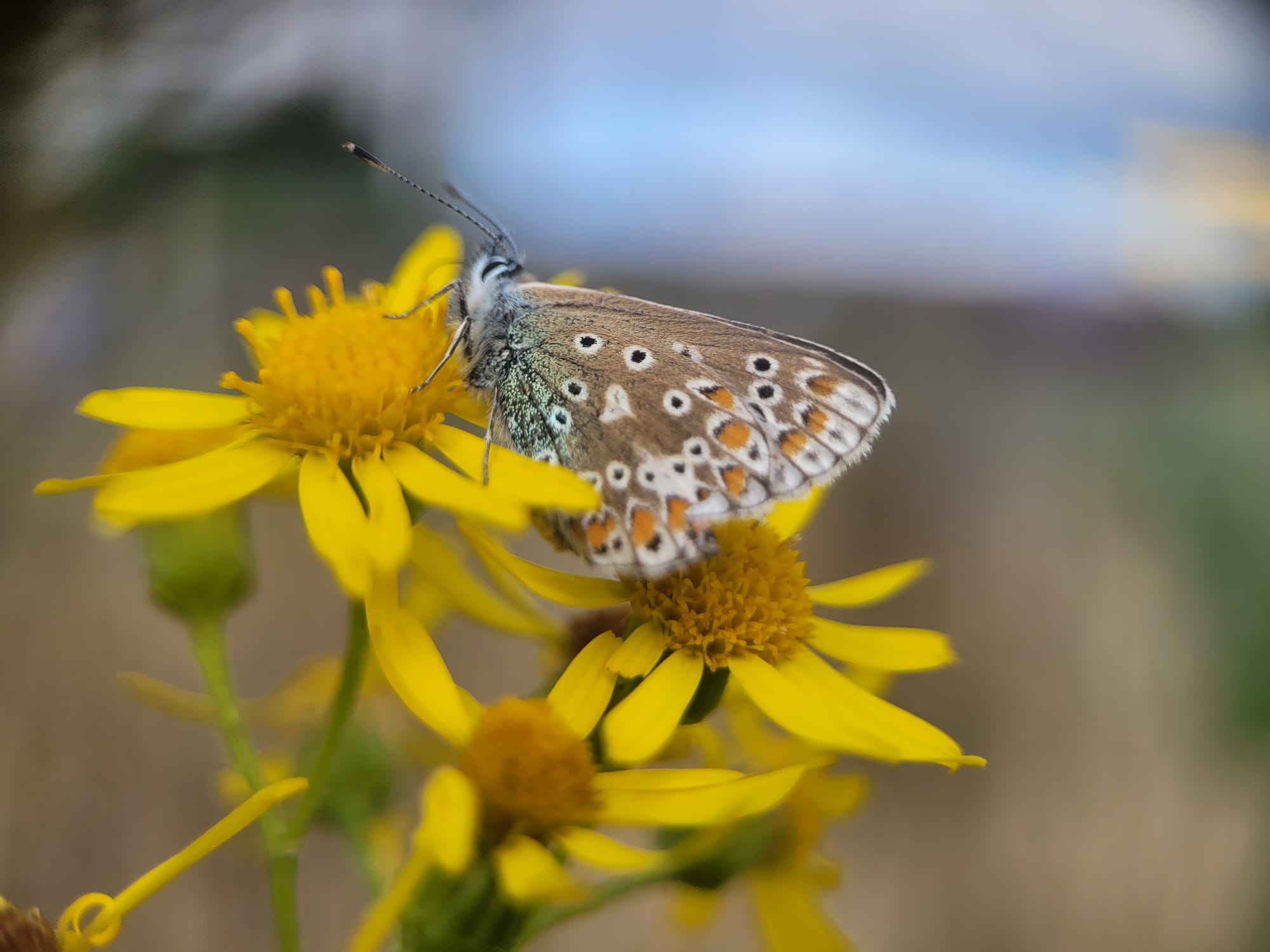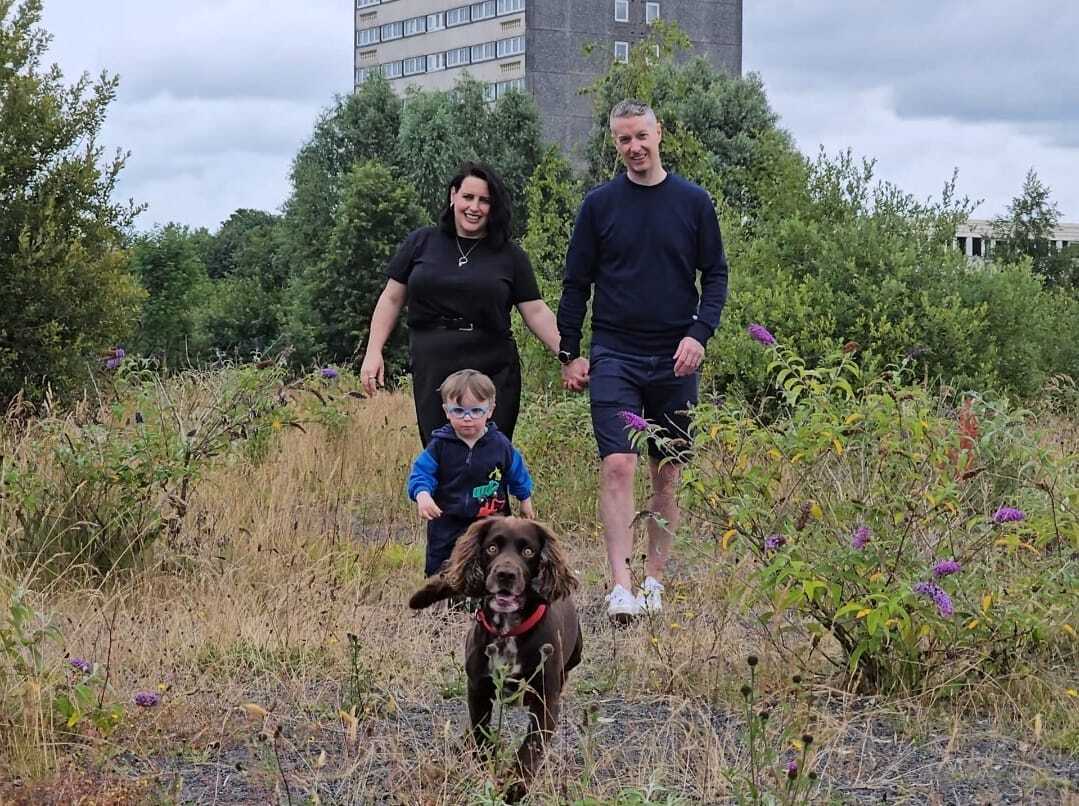The State of Belfast's Brownfield Sites

Wild Belfast have joined forces with Buglife to highlight the alarming loss of nature rich brownfield habitat across Belfast. These important habitats can support rare and endangered wildlife such as Red-shanked Carder Bee (Bombus ruderarius), Common Lizard (Zootoca vivipara) and Lapwing (Vanellus vanellus). However, many of these nature hotspots are at risk from being lost to development.
 ©Conor McKinney“The state of Belfast’s brownfields: nature under threat” 2024 report shows that over a seven-year period, 40% of 47 brownfield sites that Buglife had previously identified as important for wildlife in Belfast have been lost, damaged or are in immediate threat. Concerningly, when live planning applications are also considered, over 60% of the total area of this vital habitat has either been lost or is under immediate threat – with potentially profound impacts for nature in the city.
©Conor McKinney“The state of Belfast’s brownfields: nature under threat” 2024 report shows that over a seven-year period, 40% of 47 brownfield sites that Buglife had previously identified as important for wildlife in Belfast have been lost, damaged or are in immediate threat. Concerningly, when live planning applications are also considered, over 60% of the total area of this vital habitat has either been lost or is under immediate threat – with potentially profound impacts for nature in the city.
Brownfields can support a huge diversity of wildlife, often providing refuges for species which have suffered population crashes as a result of habitat loss, such as wildflower meadows disappearing from the landscape. They can include quarries, disused railways lines, spoil heaps, even former industrial estates that have been allowed to develop into urban havens for wildlife. Sadly, despite often being the last remaining ‘wild’ green spaces in Belfast’s neighbourhoods, brownfields are frequently targeted for development.
 ©Conor McKinney
©Conor McKinney
Buglife has previously identified and measured the extent of brownfields important for invertebrates in a 2017 report – a habitat often referred to as ‘Open mosaic habitat on previously developed land’. Shortly after that report, the habitat was listed as a conservation priority in Northern Ireland. However, this new study that revisits these sites suggests that despite this commitment, these important wildlife sites are still being lost, hindering the city’s nature recovery ambitions.
The 2024 report suggests that Belfast’s brownfields need to be better recognised and protected by the planning system. It also suggests that the best sites be incorporated into the important Site of Local Nature Conservation Importance (SLNCI) network and that this network should be better protected. In addition, the report looks beyond Belfast and recommends that a Northern Ireland wide inventory of the habitat should be urgently developed.